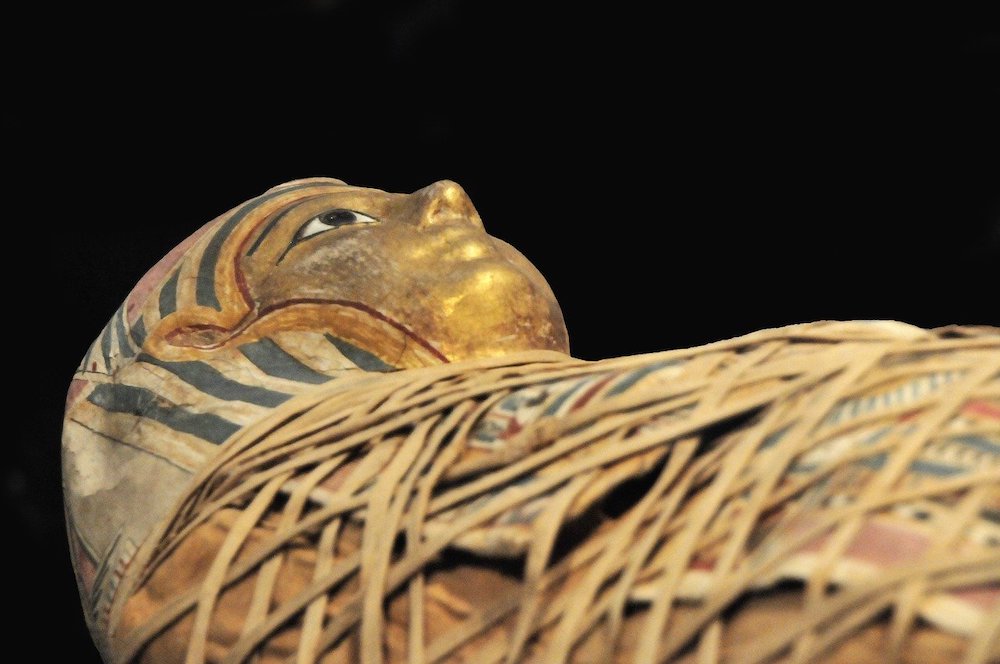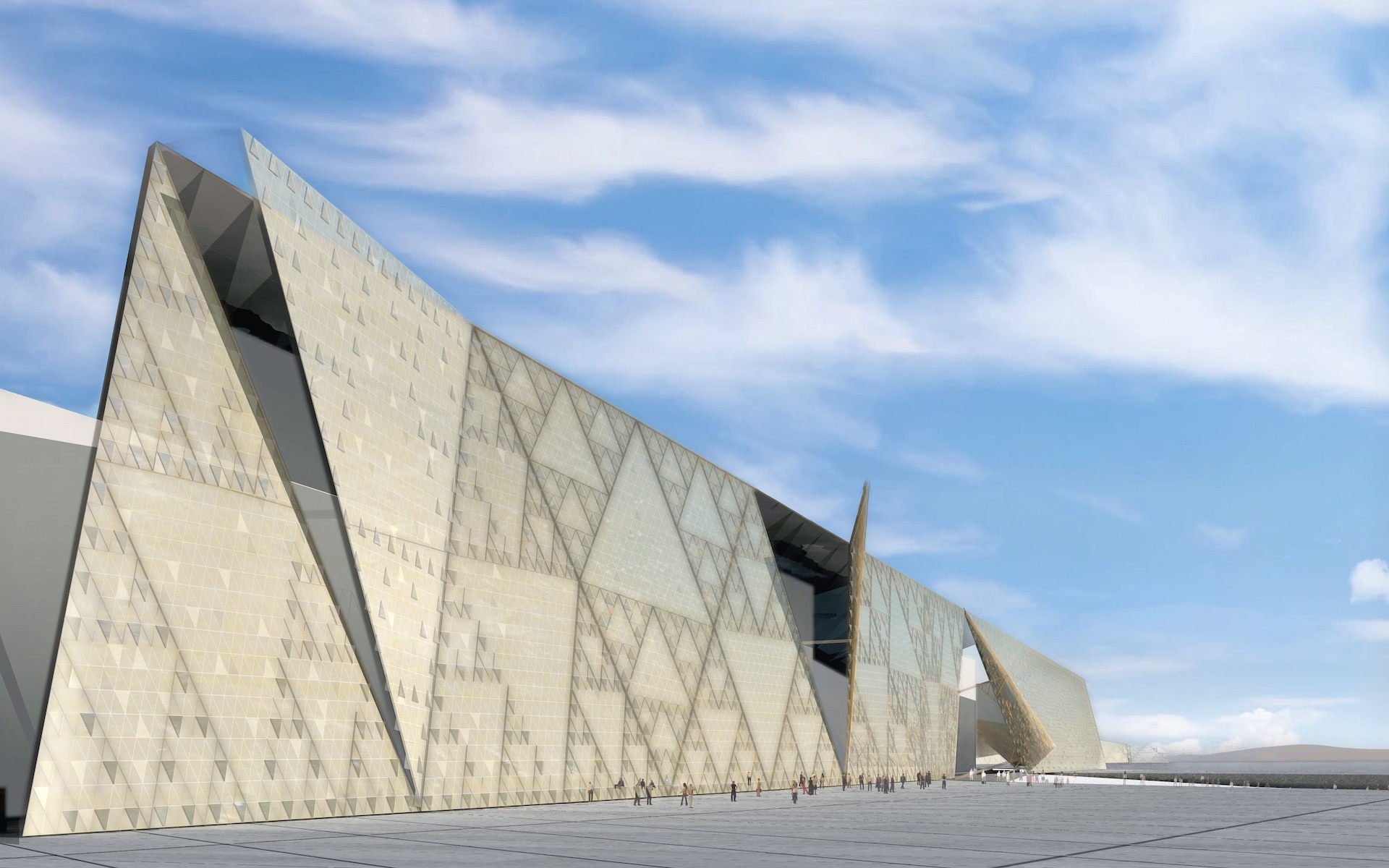Mummies on the Move
There have been quite a few recent developments about mummies in Egypt lately, including the largest discovery of mummies in over a century near Luxor, which was followed by the eruption of a minor a controversy over where those mummies will now be housed (national officials prefer the new Grand Egyptian Museum while local Luxor officials prefer them to be added to the Luxor Museum’s collection to boost interest in tourists also visiting that museum too).
In addition to those stories, Egypt Today is also reporting that most of the mummies of Egypt’s ancient pharaohs, currently housed in the downtown Egyptian Museum’s royal mummies room (which requires a more expensive extra ticket to enter once you’re inside of the museum and which most tour companies fail to include in tour packages), will be moved to the yet-to-be-completed National Museum of Egyptian Civilization in the southern Cairo neighbourhood of El Fustat in June 2020 instead of to the new billion-dollar Grand Egyptian Museum by the pyramids in Giza.
While this is indeed unexpected news, given that the Egyptian government has made a big deal about wanting Egypt’s most valuable and prized artifacts and collections to be housed together in the GEM, it is perhaps a smarter move and one that is better for Egypt’s economy and its tourism industry.
I have been opining for more than a decade that Egypt should spread out its artifact collections into several themed or topical museums rather than having all of them in one place and only charging a measly 10 US dollars for access. Up until now, everything has been housed in Egypt’s main national museum in Tahrir Square in central Cairo, with the expectation that the new Grand Egyptian Museum would become the replacement repository for all of the current museum’s collections.
However, I have long believed that Egypt should have a series of museums, such as a mummies museum, a royal treasures museum, a King Tut museum, a history and culture museum, etc., in order to encourage visitors to spend more time (and money) lingering in the capital and spreading out their visits over several days. Most visitors spend a maximum of three days in Cairo, often hitting the two most popular attractions – the pyramids and the main museum – in the first day days, and often times in the very same day before moving on to other areas of the country.
While plans very well could change, as they often do in Egypt, at least it seems now that the government is being smart about its still-in-development museum strategy and starting to spread some of its most famous museum attractions out over several facilities in different parts of the greater Cairo area.





